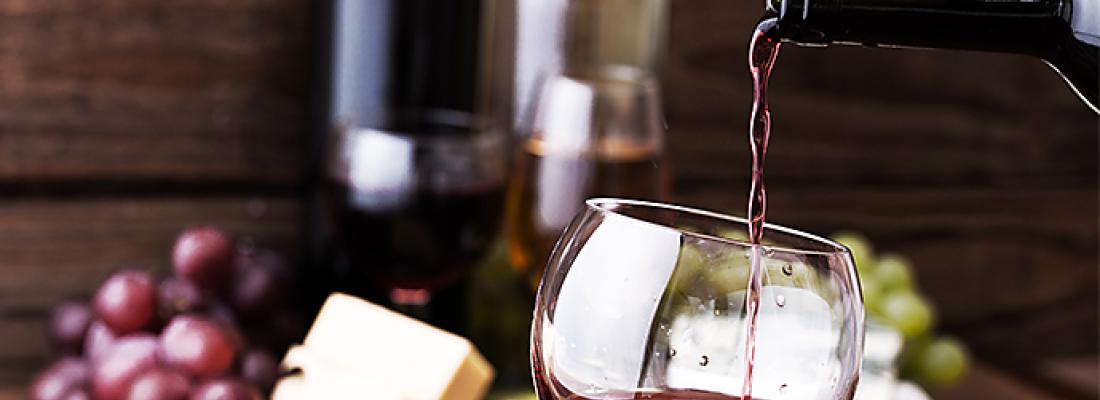Food, Global Health Reading time 3 min
Sensory analysis, an innovative tool for pairing wine and cheese
Published on 23 October 2017

Across the globe, French wines and cheeses act as representatives of French gastronomy. They are also a major part of the French economy. While food lovers have long obsessed over wine-cheese pairings, few researchers have addressed the topic. The rare studies to come out have suggested that, when combined, neither wine nor cheese dominates sensory perception.
INRA researchers decided to explore how people perceive wine and cheese combinations by exploiting a novel approach. They used a type of sensory analysis, an adapted version of the temporal dominance of sensations (TDS) method, to establish temporal sensory profiles for the two products.
To study the sequence of sensations experienced by someone who is simultaneously consuming a portion of cheese and a glass of wine, researchers customized a standard INRA-developed technique: the temporal dominance of sensations (TDS) method. It was implemented using TimeSens® software, which captures and analyses sensory data.
Researchers also gathered affective data to better understand how the sequence of dominant food sensations influences consumer enjoyment.
Data were collected from around 100 individuals. A variety of cheeses were employed (Chaource, Comté, Crottin de Chavignol, Époisses, and Roquefort), as were wines of all three types (red: Madiran, Bourgogne, and Beaujolais; rosé: Ricey; white: Sancerre, Pacherenc, and Pouilly Loché).
The researchers discovered that cheese consumption significantly changed the taste of wine and almost always enhanced consumer enjoyment thereof (i.e., the hedonic response). For example, cheese reduced the harshness of red wine (due to astringency, sourness, and bitterness), allowing the wine's other aromatic properties to come to the forefront and thus enhancing consumer enjoyment. In contrast, when paired with a sweet white wine, cheese always reduced the perception of wine aromas, albeit without diminishing, or enhancing, consumer enjoyment. Roquefort, which is often said to pair well with sweet wines, was no exception.
Unexpectedly, the relationship was unilateral. Wine consumption only marginally improved the taste of cheese and did not change consumer enjoyment. This result highlights that consumer preferences are significantly more fixed (or less plastic) for cheese than for wine.
Furthermore, researchers noted the existence of intriguing sensory interactions. For example, for each cheese, different wines maximized the duration of dominance exhibited by cheese saltiness and lactic aroma. Consequently, people perceive wine and cheese as more than just the sum of their two parts, which highlights why food associations need to be studied.
In general, the results suggest that cheeses are better off being paired with dry white wines than with red wines.
The wine, cheese, and restaurant industries are all central to the French economy. They can only benefit from a better understanding of consumer preferences for different wine-cheese associations. Finally, the approach developed in the course of this research can be used to study other food-beverage pairs, broadening the context in which sensory analysis can be applied.
Galmarini M., Loiseau A.L., Debreyer, D., Visalli M., Schlich P. (2017). Use of Multi-Intake temporal Dominance of Sensations (TDS) to evaluate the effect of wine on cheese perception. Journal of Food Science, DOI : 10.1111/1750-3841.13932.
Galmarini M., Dufau, L., Loiseau A.L., Visalli M., Schlich P. (2016). Wine and cheese: two products or one association? A new method for assessing wine-cheese pairing. Journal of Wine Economics, working paper available online.
